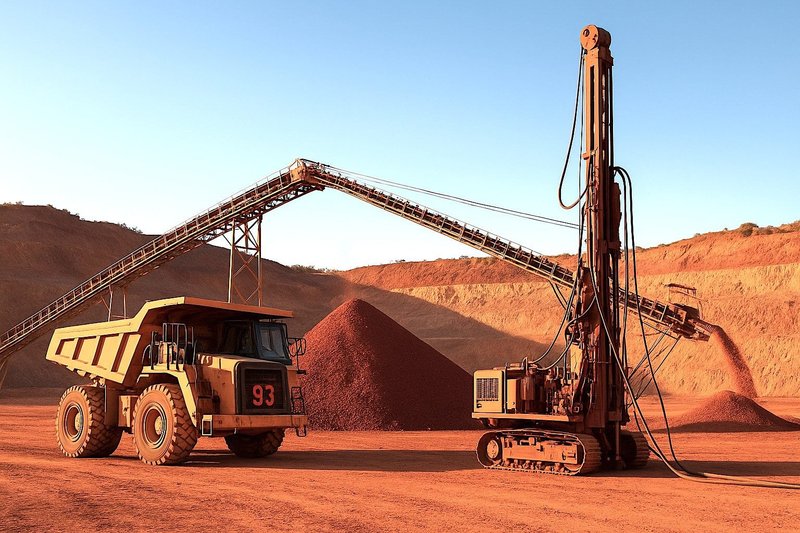Reports that the US Geological Survey (USGS) is considering the addition of copper to its list of critical minerals have copper demand and prices well placed to continue their recent strength.
Considered by some as the first metal mined by humans, demand for copper is continuing to grow due to its use in modern electronics and clean energy.
The USGS news comes just as two of Australia’s – and the world’s – biggest miners are making the base metal a major focus.
US Supply Deficit
Copper’s importance has already been highlighted by US President Donald Trump, who recently imposed a significant 50% tariff on semi-finished copper products – excluding raw copper and scrap – due to national security concerns.
Those tariffs may also support US plans to help redress the significant domestic copper supply deficit currently in effect, with the US producing far less copper than it consumes.
The proposed addition of copper to the USGS list would enable government funding to provide incentives and streamline permitting for exploration, mining and processing projects.
BHP Copper Focus
BHP Group (ASX: BHP) continues to see copper as critical to global and its own growth.
The mining giant said in its recent economic and commodity outlook that, despite policy uncertainty dominating the external environment, demand for copper has been higher than previously expected during FY2025 and that it continues to see copper prices moving into a phase of “durable outperformance”.
With population growth projected to add around one billion people to the world’s cities, copper’s role in wiring, plumbing and communications infrastructure makes it a critical enabler of this transition.
BHP said it expects the digital economy – from data centres and telecommunications networks to smart cities and industrial automation – to accelerate demand for copper and steel-intensive technologies.
“These unfolding structural shifts should provide a commodity demand buffer against potential upcoming macroeconomic headwinds, with momentum building towards the end of the decade,” the company’s report stated.
Continued Demand Strength
“We maintain our long-term view that global demand will grow from its current 32 million tonnes to more than 50Mt by 2050,” BHP chief executive officer Mike Henry said.
“In the medium term, we expect as-yet uncommitted mine supply to be required to keep pace with growing demand, with supply from current and committed mines peaking in the late 2020s.”
He added that around 10Mtpa of new mine supply would be needed over the next 10 years just to meet growing demand from traditional sectors in developing countries, not to mention the emerging needs for digitalisation and energy transition.
BHP expects to invest approximately 70% of its medium-term capital expenditure on the future-facing commodities of copper and potash.
Rio Tinto Also Bullish
Rio Tinto (ASX: RIO) also expects a significant increase in copper production for 2025, and will look to play its part with the continued ramp-up of its Oyu Tolgoi mine in Mongolia and other projects.
The company is forecasting production at the higher end of its 650,000t to 700,000t guidance range, with a potential surge in output from its Mongolian assets.
Rio Tinto is also investing heavily in copper and other battery metals to capitalise on the growing demand from the energy transition.
